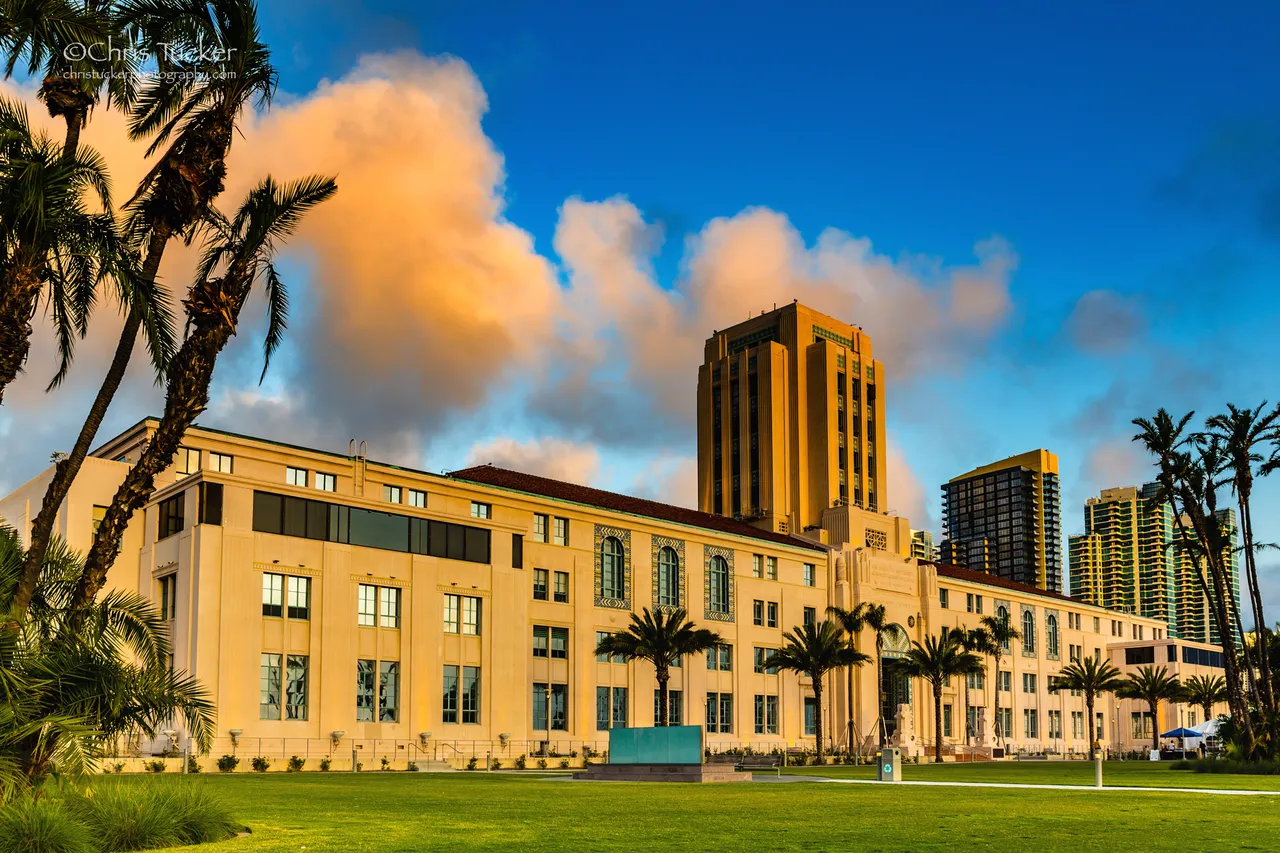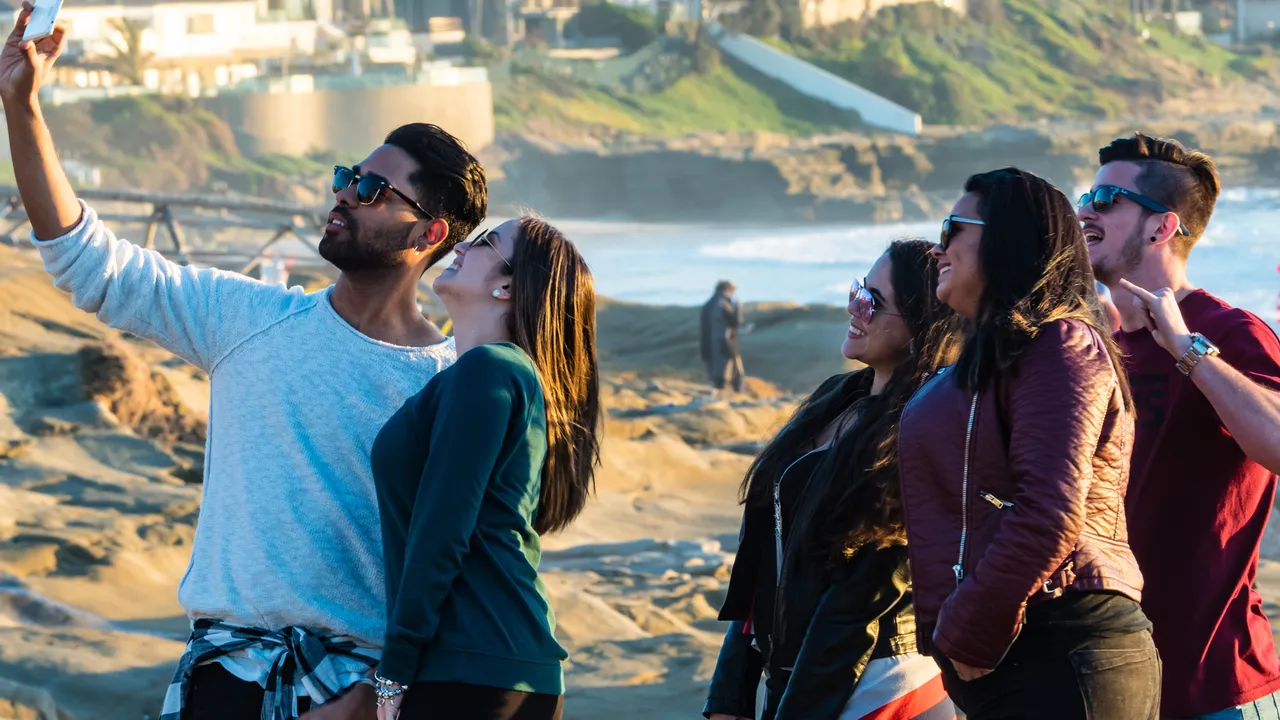Welcome back to our journey discovering if we can make it in stock photography. How is your journey going? Let me know in the comments!
This is the 5th installment. You can find links to the other ones at the end of this post. We've done all the groundwork to be in a position to upload photos and hopefully you are out shooting every week now building up your portfolio. Before we get too far down the road with that I thought it would be important to go over some rules we all have to follow to stay on the right side of the law! So lets dig in.
Most stock websites I've been to usually have a fairly in-depth area of their site devoted to what is permitted and what is not. It can be eye opening. Adobe has one of the most extensive lists of "Known Image Restrictions" for further research.
People
You are allowed to shoot people for stock photography and in fact its very much in demand. If you recall, I encouraged you to start shooting your family as a way to get going with a theme. Some people have even made it a career shooting their own family. In order to submit your photos for commercial use, you must have a model release, which is a form releasing you from liability and acknowledging that they gave their permission to be photographed. Google, "model release," to see examples of forms you can make your own. Always get a model release. Always. If you shoot stock that has people in it you do not have a model release from, you can still submit the photos, but only for editorial uses, not commercial, aka advertising.

Buildings
Most buildings are owned by someone. Some even carry a brand name. These buildings cannot be the focus of your photography without a property release from the landlord, owner which rarely happens unless they have hired you to shoot for them. Cityscapes and various types of fine art photography that include buildings are permitted on a case by case basis. Malls, movie theaters, theme parks, museums, airports will all need a property release if they are used in the photography. Some of those operations will do it for a commercial fee.
Landmarks and Public Buildings
Worldwide, landmarks and public buildings are a patchwork of stop and go. For instance: The Crazy Horse Memorial in the Black Hills of South Dakota are unacceptable for commercial or editorial photos. But The Colosseum in Rome, Italy allows exterior images but not interior images for commercial use. Both exterior and interior is acceptable with a "proper caption." Sculptures require a property release from the artist.

Street Photography
A good rule of thumb is that a tripod is going to be a no-no. They are conspicuous and can be seen as dangerous. I had my monopod taken away from me at a baseball park. If I am going to shoot a specific person I ask them for permission and will even oblige to show them what I shot after I'm done. This has served me well around the world. Some people say no. While I don't get model releases for those they can be used for editorial stock. Your rights as a photographer are broadest in public places. But at the same time there may be restrictions on photography that interferes with others enjoyment of use of a public area. Some cities require you to have a commercial permit if you are shooting for commercial purposes. Unless you have lights and are moving in a tribe of helpers and models, nobody is going to know what kind of photography you are doing. If in doubt, inquire with the municipality on their website. If they have a rule, they will let you know!

Disclaimer
If you want legal advice, you need to see a lawyer. I am not one. I have gathered this information to help you understand the rules as I understand them when it comes to public photography for commercial or editorial stock sales. It is not guaranteed to be correct. PS All photos used here were used as editorial. :-)
Previous "Stock Photography" Installments
Introduction to Stock Photography
Stock Photography | First Steps 1.1
Stock Photography | First Steps 1.2
Stock Photography | Choosing an Agency 2.0
©Copyright Chris Tucker all rights reserved